Discover the hidden intelligence, history, and ecological power of these gentle giants.
Elephants are not just the largest land animals on Earth—they’re also some of the most fascinating. From their complex social structures to their emotional depth, these creatures continue to amaze both scientists and animal lovers alike. Here are 10 surprising facts about Elephants-Are-Endangered.html">elephants that will change the way you see them.
Most people think there are just two types of Elephants-Are-Endangered.html">elephants—African and Asian—but in reality, there are three:
African bush elephant (Loxodonta africana)
African forest elephant (Loxodonta cyclotis)
Asian elephant (Elephas maximus)
African bush elephants are the largest, with males weighing up to 7 tons. In contrast, forest elephants are smaller and more elusive, while Asian elephants, common in countries like India and Thailand, are slightly smaller and have different ear shapes and tusk characteristics.

An elephant's trunk is a remarkable organ made of over 100,000 muscles. It functions as a nose, hand, straw, showerhead, and even a trumpet. Elephants can use it to:
Lift objects weighing hundreds of pounds
Pick up something as small as a peanut
Spray water or dust on themselves
Comfort a fellow elephant with a gentle touch
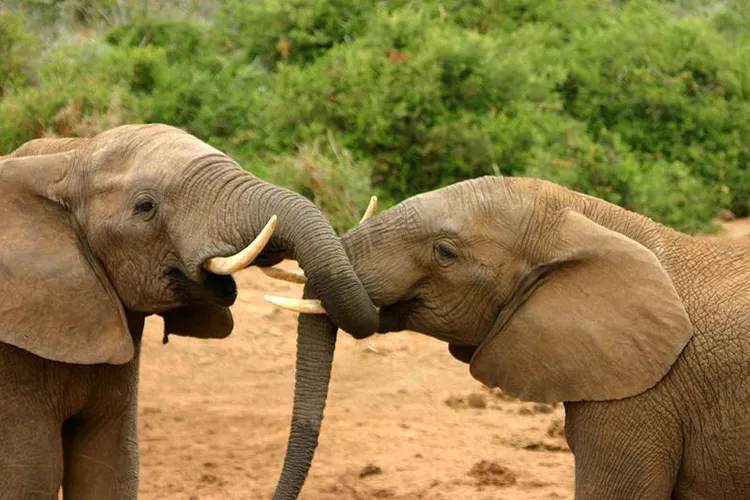
Those oversized ears aren’t just cute—they’re essential for survival. The large surface area is filled with blood vessels that release heat, helping elephants regulate their body temperature in hot environments. Plus, elephants have superb hearing and can detect low-frequency rumbles from miles away.
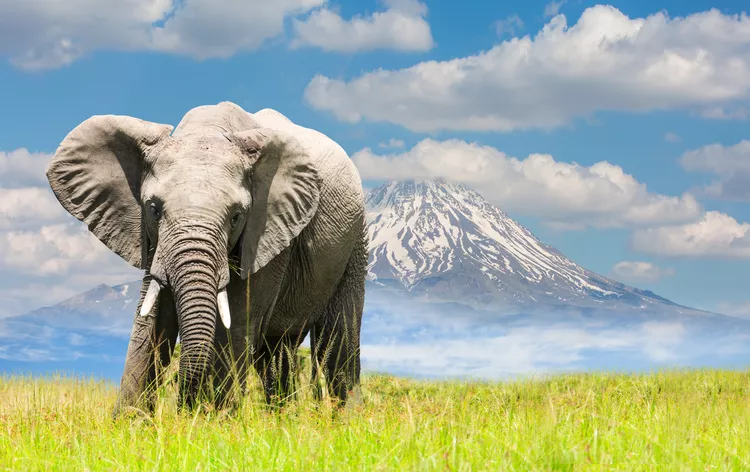
Elephants have massive brains—up to 12 pounds in adults—and show advanced behaviors like:
Using tools
Displaying empathy
Recognizing themselves in mirrors
Mourning their dead
These signs of self-awareness and social intelligence make them one of the most emotionally complex creatures in the animal kingdom.
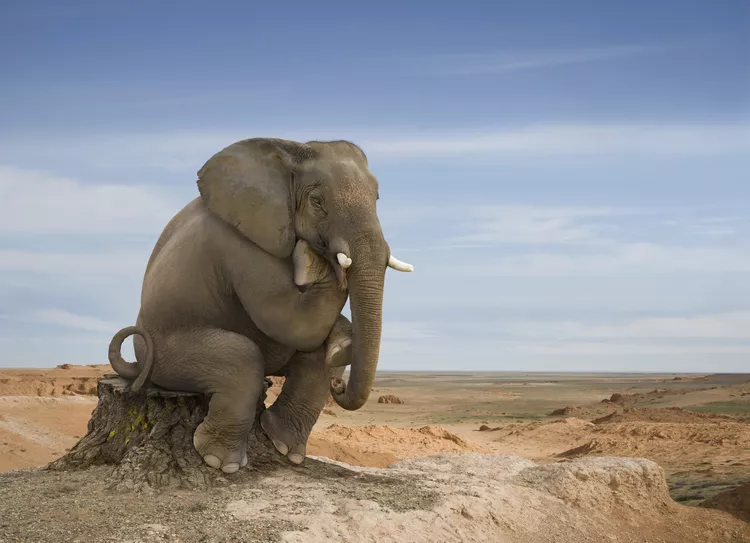
Elephants live in matriarchal herds led by an experienced female. She guides the group to food and water and teaches survival skills. Males typically leave the herd when they reach adolescence and live alone or in bachelor groups, only returning to mate.
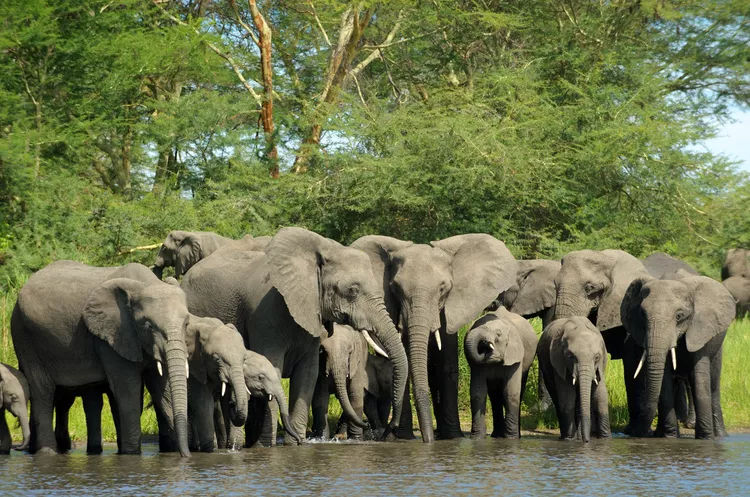
At 22 months, elephants have the longest gestation period of any land mammal. Newborn calves weigh around 250 pounds at birth! Because they reproduce so slowly, elephant populations take a long time to recover from losses—making them especially vulnerable to poaching.
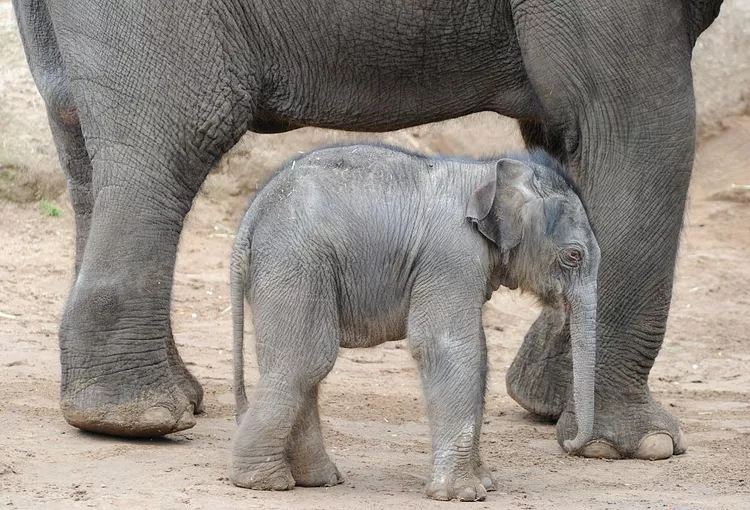
Today’s elephants descend from a small, pig-sized ancestor called Phosphatherium, which lived in northern Africa 50 million years ago. Over time, their relatives evolved into giant creatures like the woolly mammoth and mastodon. Interestingly, their closest living relatives today aren’t other land mammals, but Manatees-Are-Endangered.html">manatees and dugongs.

Elephants reshape their environment every day:
They dig waterholes that help other animals survive
Spread seeds through their dung, helping forests regenerate
Uproot trees and trample paths, which opens up habitats for smaller species
They play a crucial role in maintaining the biodiversity of their habitats.
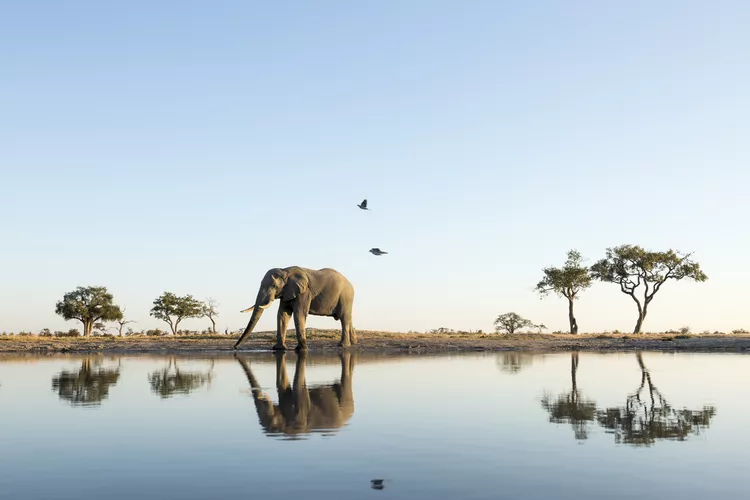
Before tanks, there were war elephants. Over 2,000 years ago, ancient Indian, Persian, and African armies trained elephants for battle. Covered in armor and equipped with tusk-mounted blades, they terrified enemies on the battlefield—until cannons made them obsolete in the 15th century.

Despite a global ban on ivory in 1990, illegal poaching continues. Some countries, like China, have made strides by banning the ivory trade, but demand still exists. Until it stops completely, elephants remain at risk. Conservation efforts and awareness are crucial to their future.
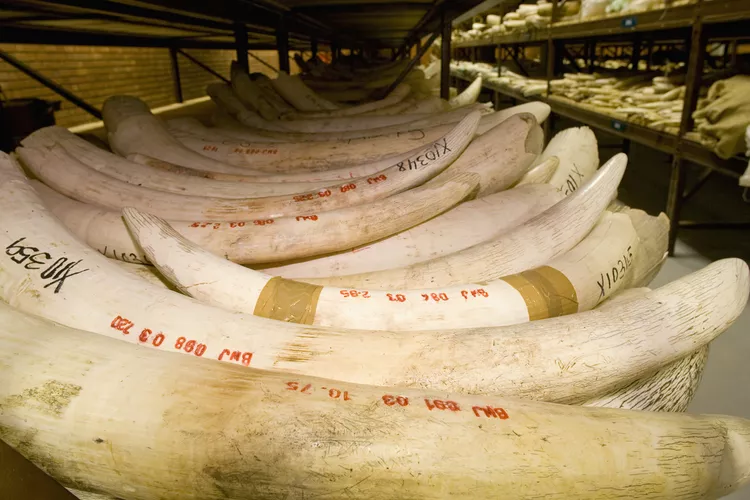
Elephants are more than just big animals with big ears. They’re intelligent, emotional, socially sophisticated beings—and they need our protection more than ever. If this article taught you something new, share it and help raise awareness about these incredible animals.
animal tags: Elephants
We created this article in conjunction with AI technology, then made sure it was fact-checked and edited by a Animals Top editor.